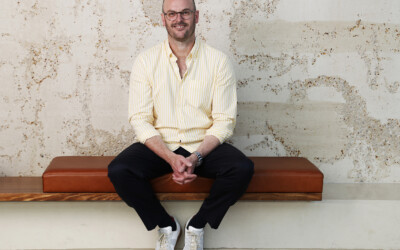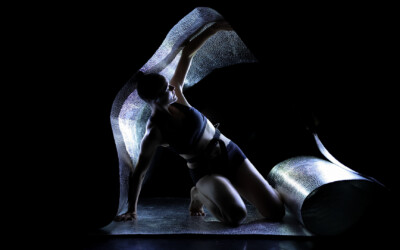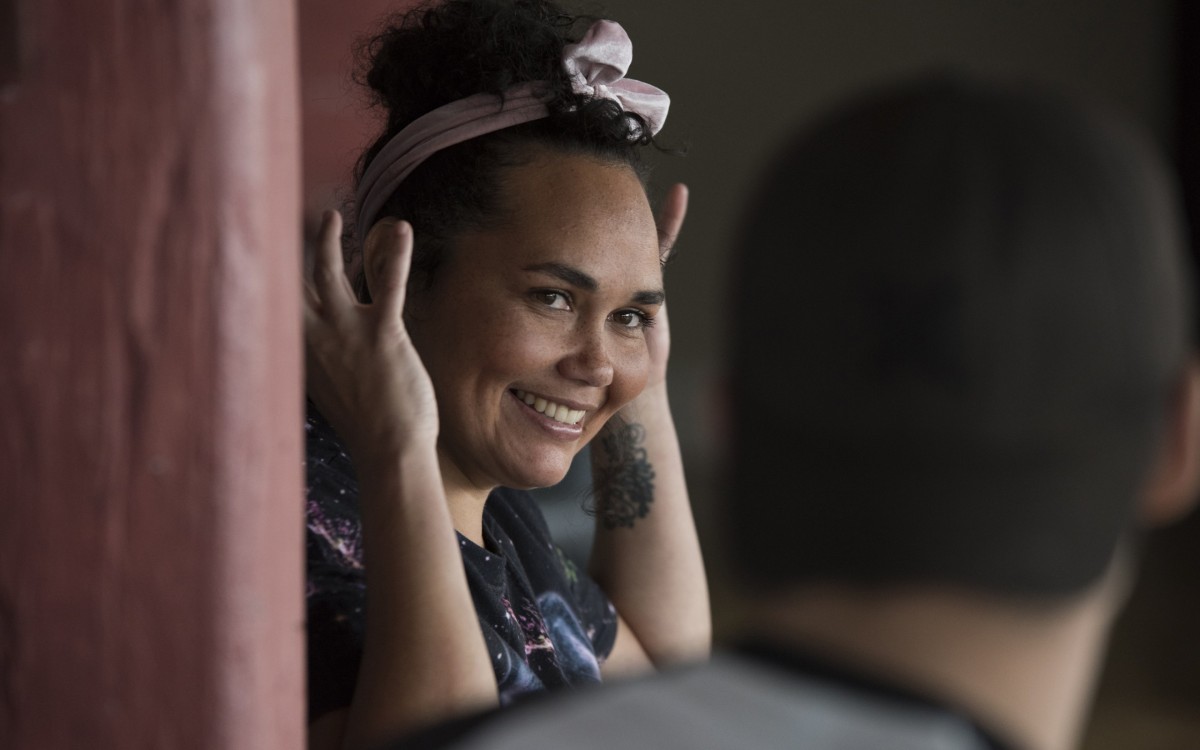Having known her for two years, I understand dancing has always been Amrita’s mana. Born in Townsville, she moved to Sydney because her mum needed support networks that were unavailable to her in Queensland. Amrita danced in her childhood living room to classic pop stars such as Beyoncé and Michael Jackson, while also being exposed to Māori, corroboree and other South Pacific movements during her upbringing. Over noodle soup in Cabramatta one time, I remember her telling me how her formal dance training began when she was nine years old, in a community centre for kids in her neighbourhood.
“I would poke my head up to the window, try to memorise the movements in my head and then I’d run off to hide and practise it on my own,” she said. “I swear, once every session the dance teacher would come out and ask if I wanted to join in and I’d be like, ‘Nah. No. No way.’ But I was so keen that Mum had to enrol me.”
The dinner hum in Cabramatta got louder but Amrita continued: “Then I was in high school picking the latest tracks I wanted to jam to and practising over and over and then showing off with my friends and it was like we were doing something together that we all knew. It was then I realised that I wanted dancing to be a part of my life, so I studied at NAISDA [dance college on the NSW Central Coast] and Alvin Ailey in New York. I lived in New York and learnt so much over there, but it’s real expensive.” She raised her eyebrows at me, “But hey, least I got to say I did my time in the Big Apple.” She laughs to herself, a warm belly laugh, and I giggle along too, though I’m unsure why. Maybe New York was so hectic it was funny.
I’m always impressed when Amrita tells me all the places she’s been – even just for her job. I spend 98 per cent of my life in Western Sydney. I know we both come from an ancestral lineage of navigators, who took on the ocean and always found islands in the middle of the deep Pacific blue, but Mounty County sticks to me like used gum on a new pair of TNs.
I once asked Amrita if the pace of her life ever gets exhausting.
She smiled, the corners of her lips reaching up towards her eyes. “It’s a privilege to travel but I think I enjoy it more than other art-makers. Connecting with another dancer who is also living a kind of in-between life is always very special to me because I think there’s an understanding of sacrifice to the craft,” she said.
Read the full article>>








